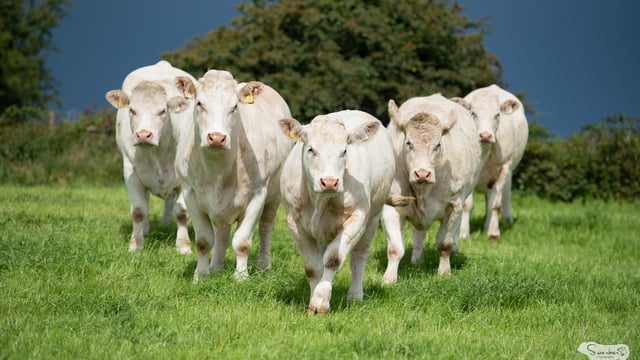Tillage: Land trafficability to improve after changeable weather
The changeable weather of the past fortnight brought to an end one of the driest early spring tillage periods in living memory.
Yes the rain was needed. But it is easy to forget that we are still at the end of April. A couple of days’ heavy rain at this time of the year can still soften ground conditions considerably.
This was quite noticeably the case at the recent spring crops’ walk, hosted by the McGuinness family from Richardstown in Co. Louth.
That area of the country had been pummelled with continuous rain on the couple of days before the event. However, the rain is now in the rear view mirror, for the coming days at least.
Tillage farmers can look forward to a week of dry weather and rising temperatures. No excuse then not to get on with a wide range of crop management activities.
One legacy of the recent rain has been the increased threat of fungal disease within all winter cereal crops. And, specifically, this means the effective management of septoria in wheat and ramularia in barley.
Where the latter crop is concerned, a 'bottom up' approach must be taken. But in the case of winter wheat, it is all about protecting the canopy of the crop.
They say that ‘three’ is a lucky number. And when it comes to the management of septoria, the message from Teagasc and other agronomy sources is a very simple one - protect leaf three.
If this can be achieved, numerous crop management boxes are ticked in one fell swoop.
The real challenge for growers then becomes that of efficiently identifying leaf three. There are numerous videos from Teagasc that demonstrate the dissection of wheat plants, the identification of leaf three with an accompanying commentary that makes perfect sense of it all.
Meanwhile, yellow rust has been identified as an immediate and significant threat to winter wheat crops growing in the north-east.
Growers are strongly advised to inspect all crops with immediate effect in order to check their disease status.
The dry conditions are expected to stay with us until the middle of next week.
After that, the weather may well break again. However, temperatures are expected to hold up at above seasonal values.
These factors should serve to boost crop growth rates during the period ahead. The yield potential of cereal crops remains high, provided disease threats can be kept at bay.





